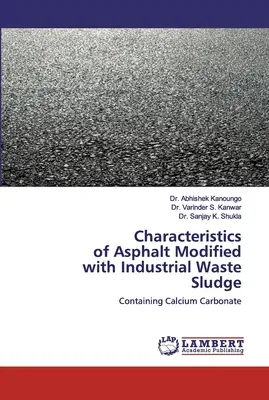Abhishek Kanoungo
(Author)Characteristics of Asphalt Modifiedwith Industrial Waste SludgePaperback, 20 January 2020

Qty
1
Turbo
Ships in 2 - 3 days
In Stock
Free Delivery
Cash on Delivery
15 Days
Free Returns
Secure Checkout
Print Length
168 pages
Language
English
Publisher
LAP Lambert Academic Publishing
Date Published
20 Jan 2020
ISBN-10
6200534942
ISBN-13
9786200534941
Description
Product Details
Book Format:
Paperback
Country of Origin:
US
Date Published:
20 January 2020
Dimensions:
22.86 x
15.24 x
0.99 cm
ISBN-10:
6200534942
ISBN-13:
9786200534941
Language:
English
Pages:
168
Publisher:
Weight:
254.01 gm

